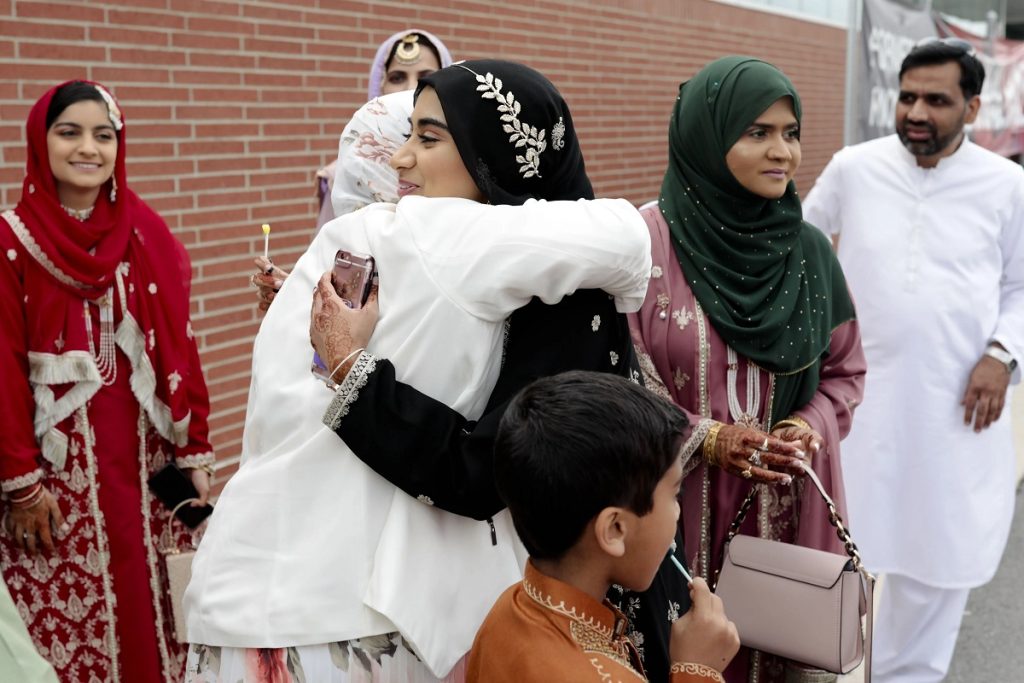Muslims in Ohio form a diverse and growing community shaped by immigration, conversion, and long-standing local institutions. From large metropolitan mosques in Cleveland and Columbus to neighborhood masjids in smaller cities, Muslim communities provide religious services, social support, education, and civic engagement across the state.
Demographics & Size
Estimates place Ohio’s Muslim population in the low six-figures—approximately around 100–125 thousand—making up roughly about 1% of the state’s population in recent estimates. These figures come from state-level Muslim population estimates and national religion surveys that track community growth since 2000.
Historical Development
Muslim communities in Ohio emerged in waves: early students and professionals in the 1950s–70s, larger post-1965 immigration from South Asia, the Middle East and Africa, and continued family formation and resettlement of refugees more recently. Many of Ohio’s oldest centers date to the 1960s and 1970s when small prayer groups bought houses and converted them into mosques. The Islamic Center of Cleveland and the Islamic Association of Cincinnati trace their roots to those early decades.
Major Mosques & Islamic Centers
Ohio hosts dozens of mosques and Islamic centers spread across its metropolitan areas. Some prominent examples:
-
Islamic Center of Cleveland (ICC) — one of the state’s oldest institutions, established in the late 1960s and developed into a major communal hub for Greater Cleveland.
-
Islamic Center of Greater Cincinnati / Islamic Association of Cincinnati — origins in community gatherings from the late 1960s; now serves the Cincinnati metro area.
-
Mosques and centers are also active in Columbus, Dayton, Akron, Toledo, Parma, Youngstown, and other cities; statewide directories list dozens of masjids across urban and suburban neighborhoods. A compiled list and city breakdowns show concentrations in Columbus and Cleveland areas.
Community Organizations & Civic Life
Ohio’s Muslim civic infrastructure includes civil-rights and advocacy chapters (for example CAIR-Ohio), local Islamic schools and weekend madrasas, food banks, and culturally focused nonprofits. CAIR-Ohio maintains regional offices (Columbus, Cleveland, Cincinnati) and provides legal services, media outreach, and civic engagement programs. Local mosque councils and umbrella organizations also coordinate charity (zakat) drives, Ramadan iftars, and interfaith initiatives.
Education, Youth & Religious Schools
Many Islamic centers run weekend schools and summer programs that teach Qur’an, Arabic, and Islamic studies. Larger communities support full-time Islamic schools or hybrid programs; youth programming—scouts, sports, and civic education—helps integrate second-generation Muslims into wider civic life while preserving cultural identity.
Challenges & Public Perception
Like Muslim communities across the U.S., Ohio Muslims face challenges including Islamophobia, media stereotyping, and occasional local incidents that can strain community relations. At the same time, mosques and Muslim organizations frequently lead interfaith outreach, voter registration, and community service projects that build ties with neighbors and local government.
Contributions & Civic Engagement
Ohio Muslims participate in civic life as small-business owners, health-care workers, educators, and first responders. Mosques host food drives, refugee resettlement support, and public health outreach (e.g., vaccination clinics and disaster relief), demonstrating community impact beyond religious services.
Trends & the Future
Key trends include: modest population growth via immigration and natural increase, expanding mosque infrastructure in suburbs, growing visibility of Muslim professionals and elected officials at local levels, and increased attention to youth leadership and interfaith coalitions. Continued focus on civic education, legal rights advocacy, and community organizing will likely shape Ohio’s Muslim landscape in the coming decade.

